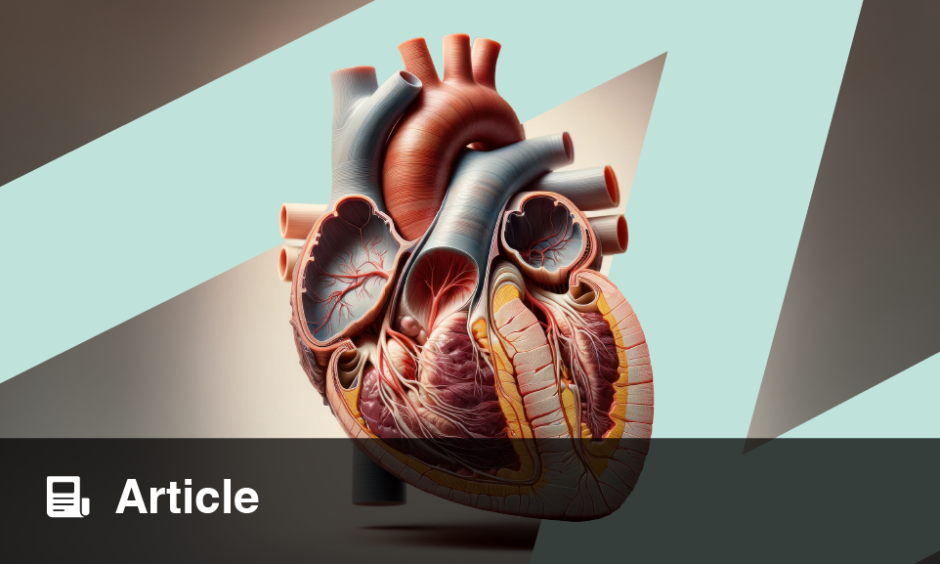Coronary artery disease (CAD) is the leading cause of mortality in patients ≥60 years old worldwide, and may result in stable angina, acute coronary syndromes (unstable angina or acute myocardial infarction), congestive heart failure, cardiac arrhythmia, or sudden death. A variety of medical therapies can treat the symptoms and arrest progression of CAD, but mechanical revascularisation of affected arteries with percutaneous coronary inter vention (PCI) is widely employed to ameliorate symptoms of angina and improve prognosis…
In this issue
Rate this content's potential impact on patient outcomes
Average rating / 5. Vote count:
No votes so far! Be the first to rate this content.
Latest articles
All articles
6 Mins
27th
June
Incidental Quadricuspid Pulmonary Valve Found at Autopsy: Case Report and Literature Review
Quadricuspid pulmonary valve (QPV) is a rare congenital cardiac anomaly in which the pulmonary valve has four cusps…
Rate this content's potential impact on patient outcomes Submit Rating Average rating / 5. Vote count: No votes so far! Be the first to rate this content.

5 Mins
27th
June
Coronary Physiology in the Modern Catheterisation Lab
In the past two decades, since Andreas Gruentzig’s pioneering work introducing trans-lesional pressure gradient assessment as index…
Rate this content's potential impact on patient outcomes Submit Rating Average rating / 5. Vote count: No votes so far! Be the first to rate this content.

14 Mins
23rd
April
Interview: Damien Kenny
I was doing general paediatrics for a while, and was just not motivated by it. I found the physiology around cardiology…
Rate this content's potential impact on patient outcomes Submit Rating Average rating / 5. Vote count: No votes so far! Be the first to rate this content.

11 Mins
27th
March
Reinfection Following Cardiovascular Implantable Electronic Device Reimplementation
Cardiovascular implantable electronic devices (CIED) are a group of high-end medical hardware, used to monitor and regulate the activity…
Rate this content's potential impact on patient outcomes Submit Rating Average rating / 5. Vote count: No votes so far! Be the first to rate this content.
